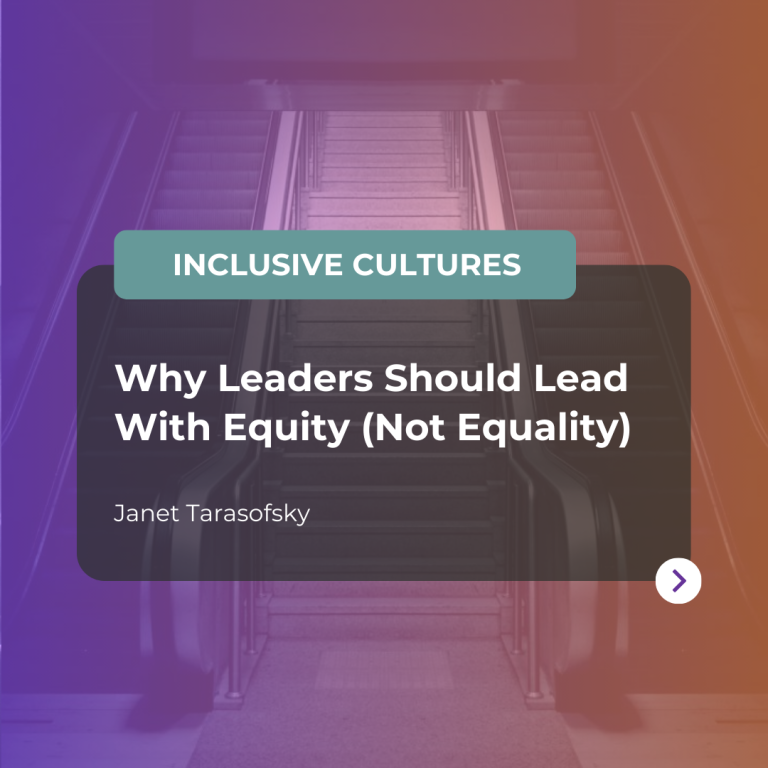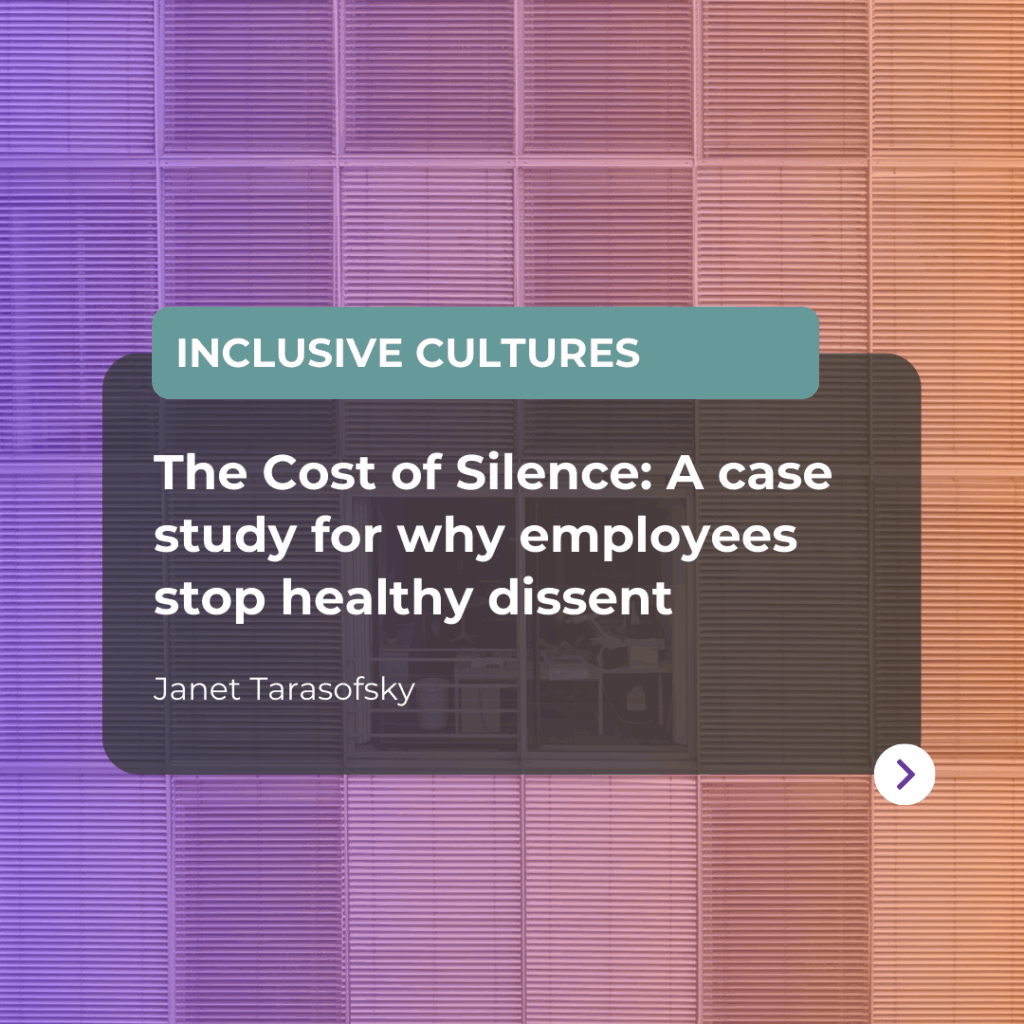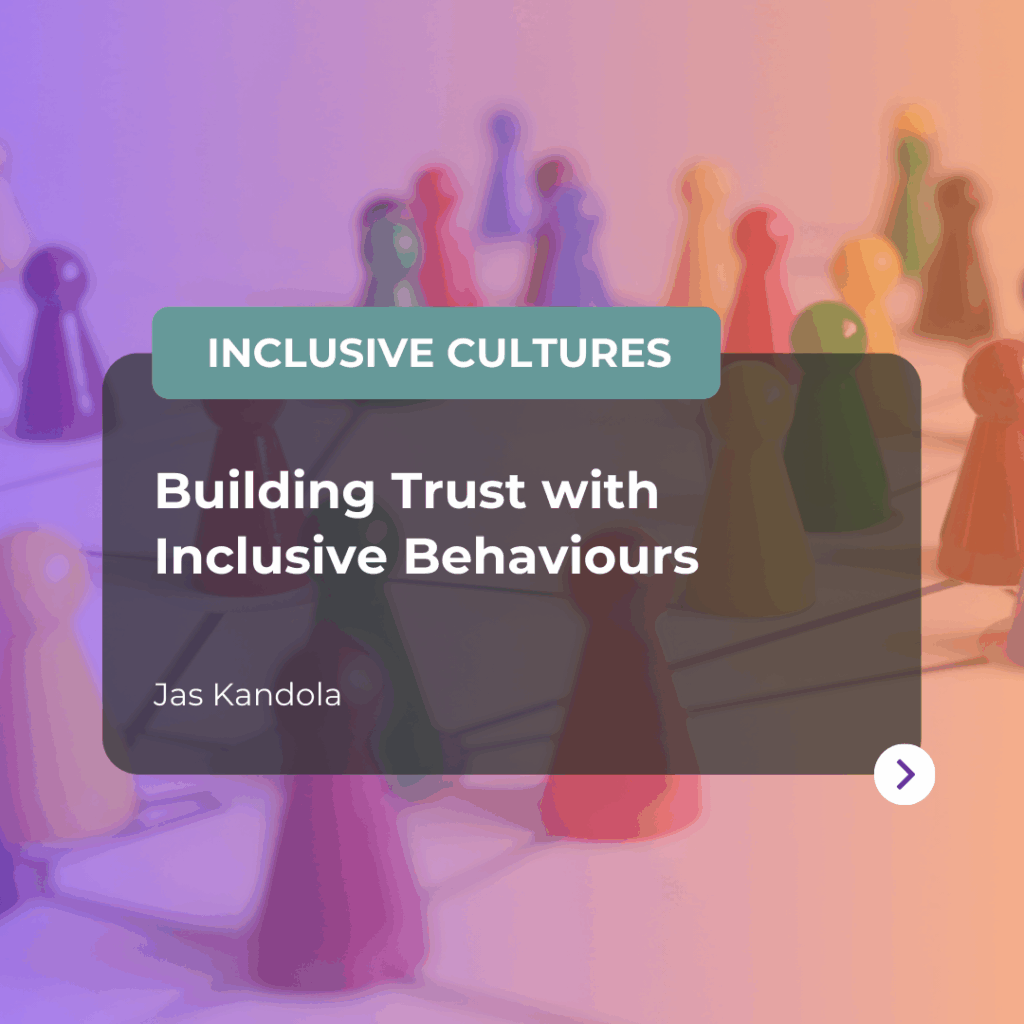Janet Tarasofsky, Managing Psychologist
In 1989, Kimberle Crenshaw published a paper that helped change the way we perceived discrimination. She introduced the word ‘intersectionality’ into the conversation about equality.
The definition of ‘intersectionality’ is “the ‘interconnected’ nature of social ‘categorisations’ such as race, class, and gender as they apply to a given individual or group, regarded as creating overlapping and ‘interdependent’ systems of discrimination or disadvantage.”
Crenshaw made the point that while women, for example, face more discrimination than men, black women face further discrimination, further intensifying their lived experience. By extension, we can keep adding ‘layers’ such as age, class, education, etc., each adding to the person’s privileged or underprivileged position in society.
The concept of intersectionality is a beautiful way to bring the complex nature of humanity back into view. For too long, we have clumped people into groups, painting them with a wide brush of behaviours and expectations.
Intersectionality reminds us of our humanity. It highlights the complexity of human nature and acknowledges that we are many things, but we are never a singular entity.
We all have a range of permanent, temporary, and situational needs and facets that are unique to us. And the world, in turn, needs to bend and flex to meet all these intersecting needs. Equity is about recognising this.
What is the difference between equality and equity?
If we use the metaphor of running a race, equality is the finish line. But equity recognises that not everyone starts in the same place – if you are male, you are already two steps forward. If you are white, also two steps forward. If you are cis-gender, another two steps forward.
Equity is about adjusting the starting line so we can all run a fair race. That means if you are Black, gay, a single-parent, neurodiverse (and other protected characteristics), you would get to take steps forward so you can catch up – and even out the playing field – before the race starts.
Equality will be realised when everyone has the means and opportunity to cross the line together. Right now, that finish line is centuries away. Equality can only be achieved with Equity.
So, how do you start leading with equity?
Many researchers have highlighted the need to start working within before moving outward. One of my favourite books, Shared Sisterhood (Beth A Livingston), focuses on how black and white women can build bridges.
One of the points I took away, and hope to pass on to you, is that change needs to start with understanding yourself and where your own biases may live.
As a leader, you will be influencing many lives, so before you do, it’s essential to know how your brain will limit your perception of different people in your team. Ask yourself these questions:
- Do I make assumptions about people based on their appearance, background, or identity?
- Am I more inclined to trust or value the opinions of certain individuals over others, without valid reasons?
- Am I open to feedback and willing to acknowledge when my biases may have influenced my judgments or decisions?
- Have I taken the time to learn about and understand different cultures, perspectives, and experiences that may differ from mine?
- Do I actively seek diverse viewpoints and perspectives when making decisions or forming opinions?
Remember, it’s normal to have biases; what matters is how you actively work to acknowledge and mitigate them. By regularly asking yourself these questions, you can help to foster inclusivity and fairness in your thoughts and actions.
Five steps to lead with equity
Once you have explored your mind, you can begin to put some plans in place to create a structure of equity in your leadership style. Here are some key principles and practices associated with leading with equity:
- Incorporate diversity and inclusion into leadership: Actively seek out and promote diverse voices in leadership positions. This ensures that a broad range of perspectives and experiences will contribute to decision-making processes.
- Create access to opportunities: Ensure all individuals have equal access to resources, opportunities, and benefits within the organisation. This may involve implementing policies to address barriers that certain groups face.
- Equitable Policies and Practices: Review and revise policies and practices to eliminate biases and discrimination. For example, you may look at hiring practices, promotion criteria, and performance evaluations.
- Cultural Competence and Sensitivity: Cultivate a culture of respect and understanding for different cultural backgrounds, perspectives, and identities. A way to do this is to provide training and resources to build cultural competence among team members.
- Transparency and Accountability: Communicate goals and progress toward achieving equity. Leaders should hold themselves, other leaders and team members accountable for their commitments to equity.
Leading with equity is an ongoing commitment that requires self-awareness, empathy, and a willingness to challenge the status quo.
It’s about creating an environment where all individuals can thrive and contribute their full potential, regardless of their background or identity.
If you’re looking to promote diversity, equity and inclusion across your leadership teams then you may wish to look at our Inclusive Leader programme. Contact us via info@pearnkandola.com to find out more.






